There’s no denying that travel plans have been upended by the COVID-19 pandemic. It’s been a terrible year for so many — in so many ways. Fortunately, we learn more about mitigating the virus each month. Another positive is that we are able to track outbreaks across the country — down to the county level — so we can pinpoint where outbreaks are occurring. This detailed information can be beneficial when pondering a getaway.
Travel Opportunities
The good news: COVID-19 presents some travel opportunities that you may not have considered before. How about a road trip? It’s do-able with the correct virus safety precautions. In fact, you may find that you have lots of favorable options.
My husband and I had big travel plans for 2020. Of course, our initial plans for travel this year were squashed with the virus outbreak and the resulting closed international borders. We hunkered down at home like everyone else.
Months later, though, came some opportunities that we hadn’t considered before — traveling by car to places in our region (in our case, within a 5 hour drive) that have low incidents of virus outbreak. Following news updates and figuring out where we could easily travel to in a day, we planned a trip and recently returned. We changed the way we traveled (e.g., we took coolers of food for breakfast and lunch to reduce virus exposure in public places). Some of the changes we made will become permanent parts of future road trips — with or without COVID-19.
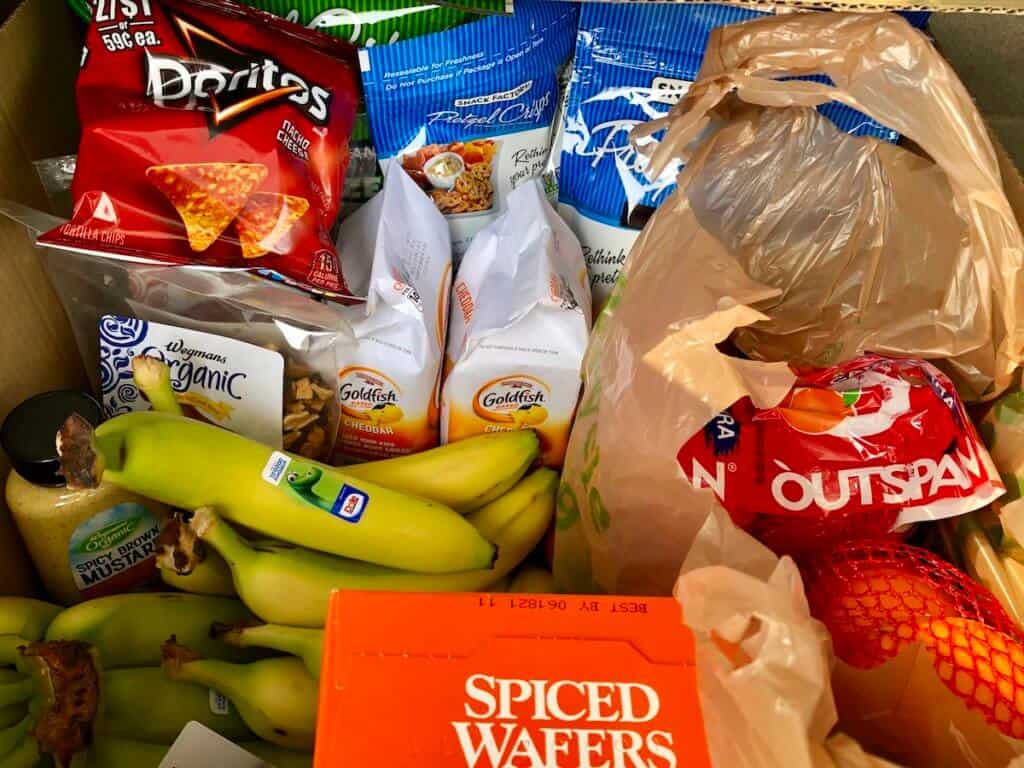
BE PREPARED! That scout adage learned decades ago is especially true during today’s pandemic. Here are 10 important tips to follow as you plan your trip.
#1 Check Your Destination
The first thing to do is identify 3-5 places you’d like to visit that are in a relatively easy driving distance. Maybe you’ve got a mental list of places that have been on your radar for a while. Or maybe you’ve been inspired by Instagram or Pinterest (you can search both by destinations that interest you) or ideas from Facebook friends. Well, now’s the time to consider and act on those ideas. You need a few options because the next thing to consider is: has there been a recent COVID-19 surge near where you’re headed?
Check out this U.S. COVID-19 map to find current COVID stats by state and county. You can also search regional COVID-19 data about your destination such as policy mandates restricting restaurant capacity and the like. Both sources are from Johns Hopkins University of Medicine.
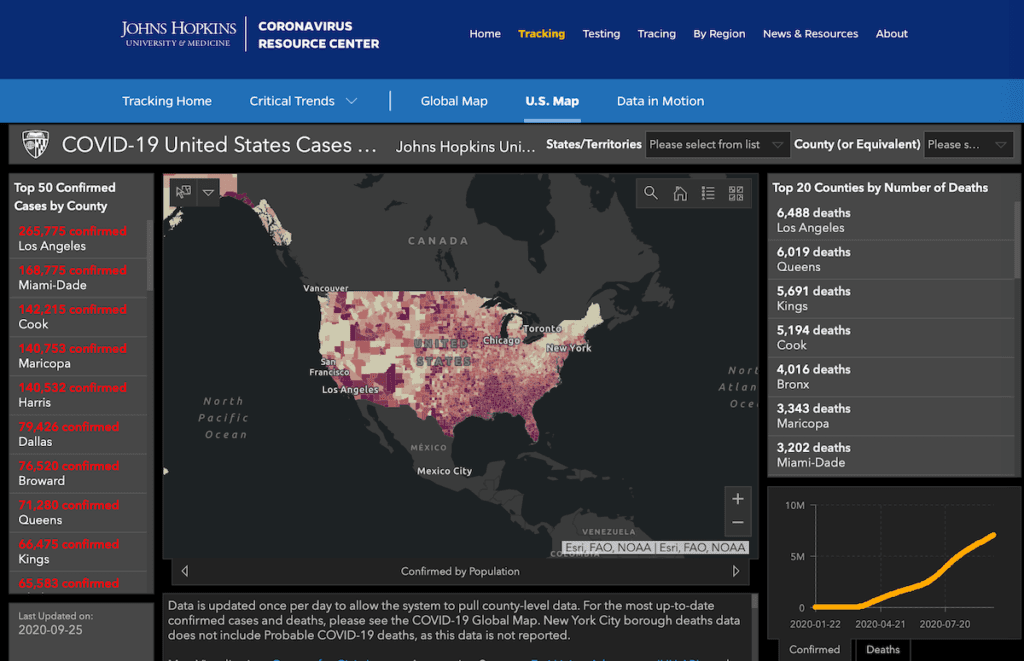
#2 Be a Detective & Make a Plan
Because a lot of venues such as museums, national and state parks, and other sites have scaled back their days and hours of operation, plan your itinerary carefully.
For example, for a recent road trip, we figured out what we wanted to visit, noted when those sites were open, and then planned where we would stay based on that information. After a little juggling, we came up with an itinerary that would work. Once we knew where we wanted to go and what we wanted to do, we booked our hotel rooms to match those days.
We found that some indoor sites were open just Saturday and Sunday; some Friday-Sunday; and others Thursday-Sunday. Needless to say, there weren’t many options for museums and similar sites in the early part of the week. For those days, we hiked and explored the area by car. In hindsight, those were very enjoyable days as we felt like we got to know the area a bit more than we normally would have. We found some scenic picnic spots to enjoy leisurely lunches, as well.
If it helps, create a detailed itinerary including the hours of operation of key sites you plan to visit.
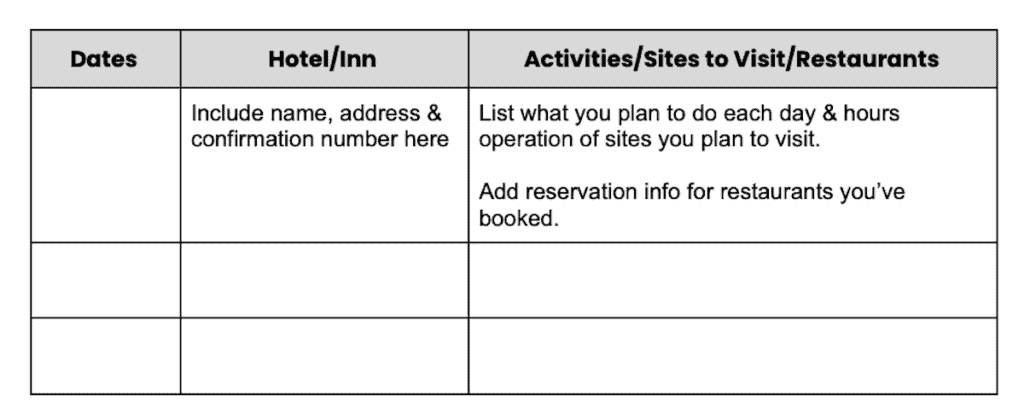
#3 Buy Tickets Online
While you’re planning your trip and what you’ll do each day you’re away, purchase tickets online to the places you plan to visit. With COVID-19, many sites limit the number of visitors and have timed entrances. With a ticket purchased online, you know you’re guaranteed a spot at a certain time. Also, keep in mind that some sites require online reservations during the pandemic.
Purchasing tickets ahead of time also limits exposure to the virus because entrances to many sites are then contactless. Just show your confirmation on your smartphone (or hand over a paper confirmation). No need to bother with cash or a credit card at the site itself.
#4 Use Helpful Apps & Websites
There are a number of websites and apps to help you plan your trips and manage your travel along the way. Two important COVID-19 resources are listed under #1 above. Check out my page of best travel apps and websites for a complete list that includes AllTrails for hiking, GasBuddy for finding gas along the way, and TripAdvisor or Yelp for finding restaurants that have been reviewed by past patrons.
#5 Take Meals Along
Consider packing food for breakfast and lunch. We did it to avoid our exposure to COVID-19 in restaurants.
Bringing along food saved us time during the day (no sitting at a table waiting to be served). It also gave us flexibility because we could pack a picnic lunch to enjoy at a scenic spot along the way or on a hike and didn’t have to stop at a restaurant or fast food joint. Remember to pack all you’ll need for eating on your own: hand sanitizer, utensils, paper towels, baggies, a place to store trash, and the like.
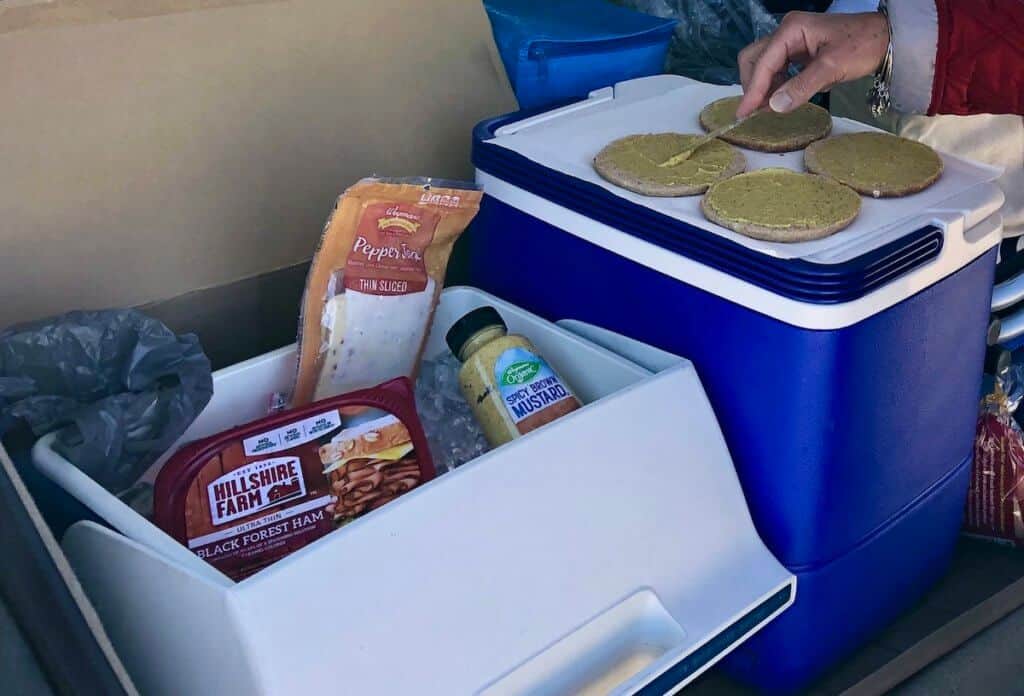
Even when the pandemic is over, we plan to continue to take food with us when we travel on road trips. We found we liked the chance to take our time getting going in the morning, and we ate our breakfast in our hotel room. Also, we realized that picnicking — wherever lunchtime finds us — was a relaxing experience.

Also, pack snacks and beverages for your hotel rooms. Don’t assume that minibars or a hotel’s convenience/pantry area will be stocked during the pandemic. (I had a separate tote bag with a bottle of wine and munchies to enjoy after a long day out and about. Happy hour was ready in a flash. It was safe, too — away from public spaces.)
#6 Clean Upon Arrival
Have disinfectant wipes ready as you enter your hotel room. Wipe down all doorknobs, light switches, faucet handles, and other high-touch surfaces. Most hotels have increased their cleaning and sanitizing protocols, but I like to add another layer of protection.
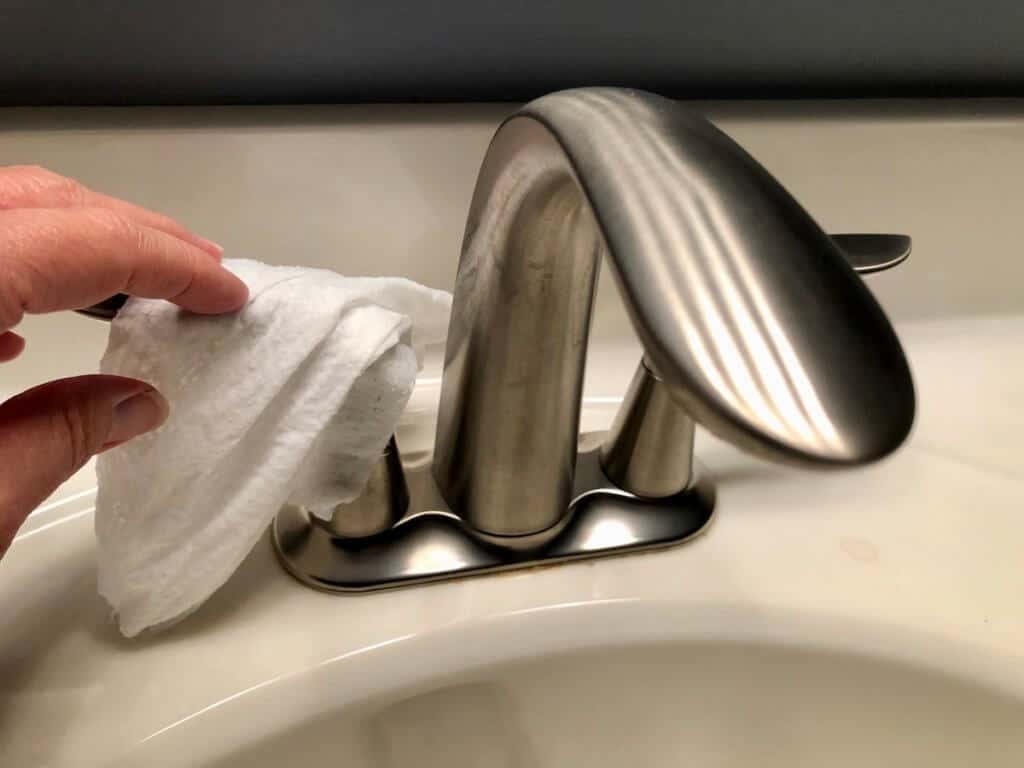
A Note about Lodging
Depending where you travel, you may find that your room will not be cleaned during your stay. This practice may be based on local health restrictions. Also, expect that extra pillows and knick knacks are often removed from rooms to minimize exposure to the germs.
During the pandemic, some services that hotels usually offer — such as fitness centers — may be curtailed. Check online or call ahead to minimize surprises when you arrive.
#7 Book Dinner Reservations
Because the indoor seating capacity at many restaurants has been reduced due to COVID-19 guidelines, book your dinner reservations ahead of time. Get tips of good places from the hotel or inn you’ll be staying at and online review sites (TripAdvisor or Yelp). With reservations, you’ll be guaranteed a table and won’t have to stand in line or be on a waitlist when it’s time to eat.
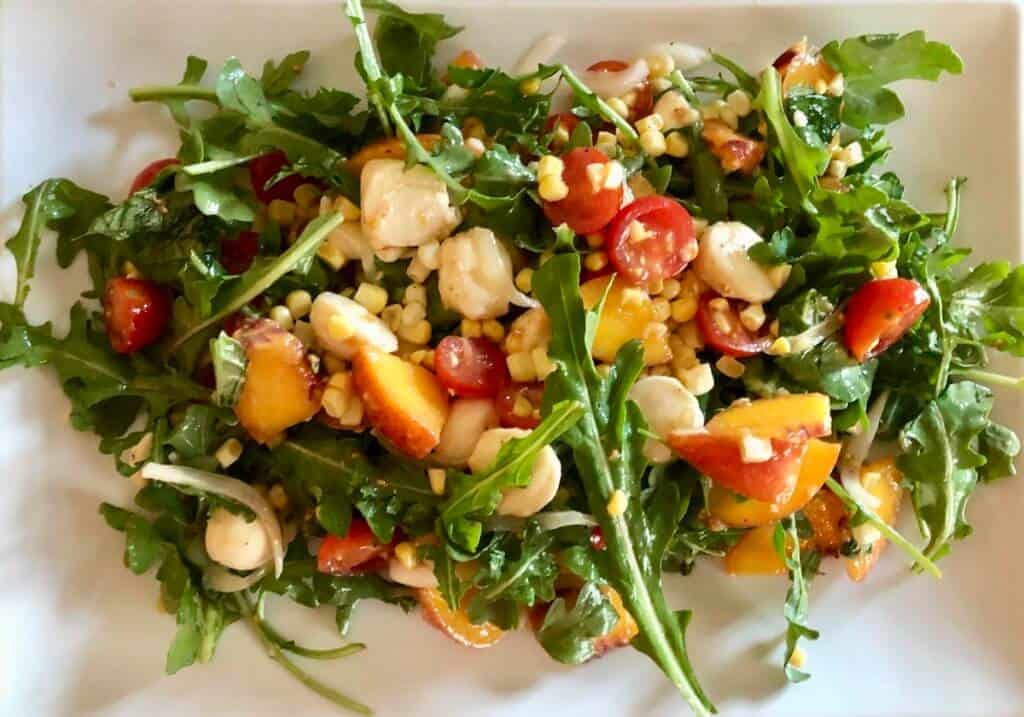
#8 Use Virtual Menus
In the quest to make things as contactless as possible, many restaurants now encourage patrons to access menus online after they’re seated. No need for physical menus and the potential spread of germs (although restaurants usually do have printed menus, upon request).
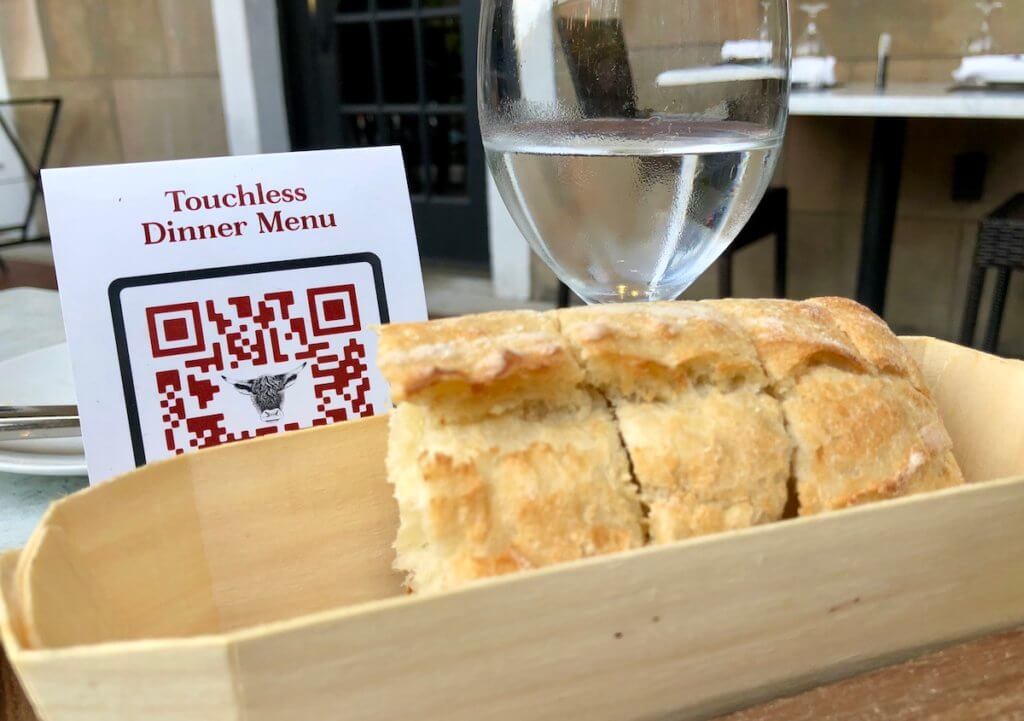
This is how it works: on your table will be a sign with a QR code (Quick Response code). Open your smartphone camera app, hold it over the QR code, and you’ll get a request to access the menu in your browser. Then, simply scan the menu for items that most interest you. In this COVID era, any chance to reduce exposure to the virus is added peace of mind, in my opinion.
#9 Mask Up!
Local ordinances vary, but many require everyone to wear masks in town and at museums and other sites. In addition, plan on wearing a mask while passing others on a hiking trail. As they say, “Mask up!”
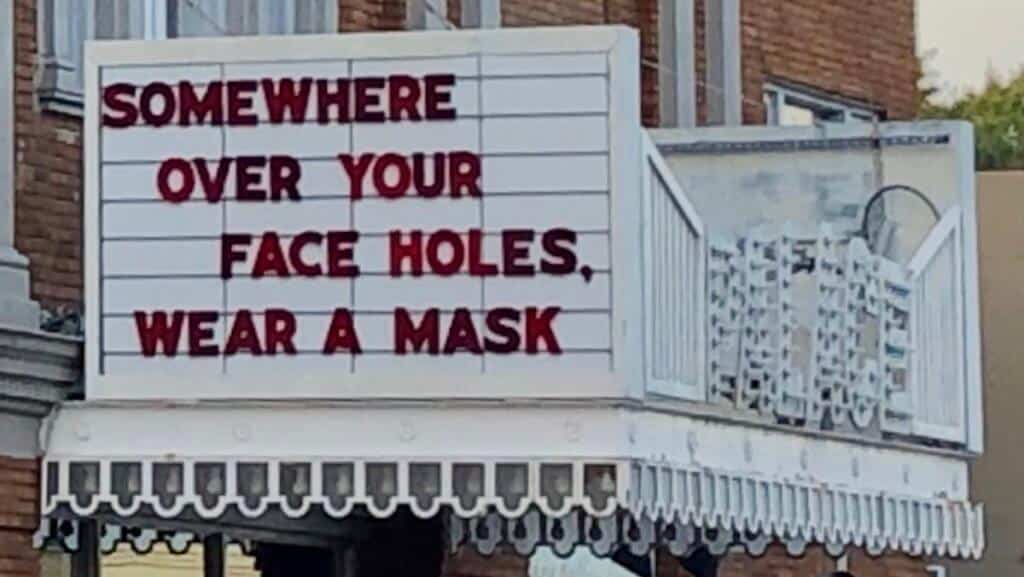
#10 Buy Local
We’re all in this together, so let’s support each other. When traveling, consider supporting the local economy. See an independent bookstore or other retailer that catches your eye? Go ahead and browse their wares — and don’t hesitate to buy what interests you.
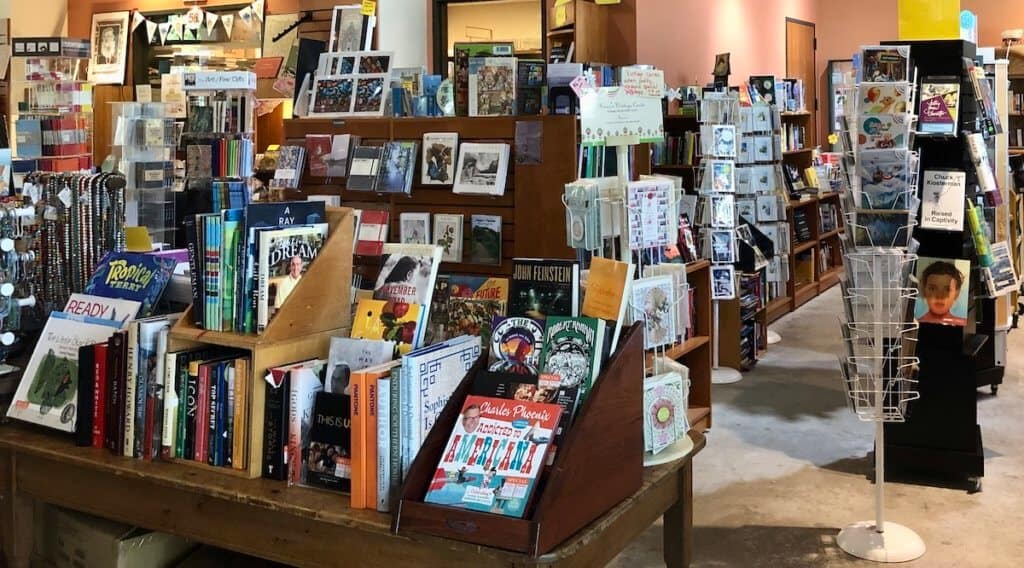
With the virus outbreak and the devastating impact it has had on local economies, I’ve become more aware of just how important it is to “shop local.” When before I often ordered books online, I have taken to buying books I’m interested in from independent bookstores and museum gift shops while traveling.
There are local businesses that sell just about everything we need, so it makes sense to give them the business; our purchases can help them survive this economic disaster called COVID-19.
Final Thoughts
The COVID-19 pandemic has thrown a lot of us for a loop. Still, there are ways to enjoy traveling by taking a road trip. Just plan carefully and take precautions (along with your hand sanitizer, disinfectant wipes, and masks), and you should be just fine.
My husband and I found that we really enjoyed driving to a place new to us, exploring it, and getting to know the area. One important lesson we’ve learned during the pandemic: there are many amazing destinations not far from home that you can travel to safely during the COVID-19 pandemic.
Where to next?!
Comments
If you have suggestions for others who plan to travel during the pandemic, please share your thoughts. Thanks! 🙂

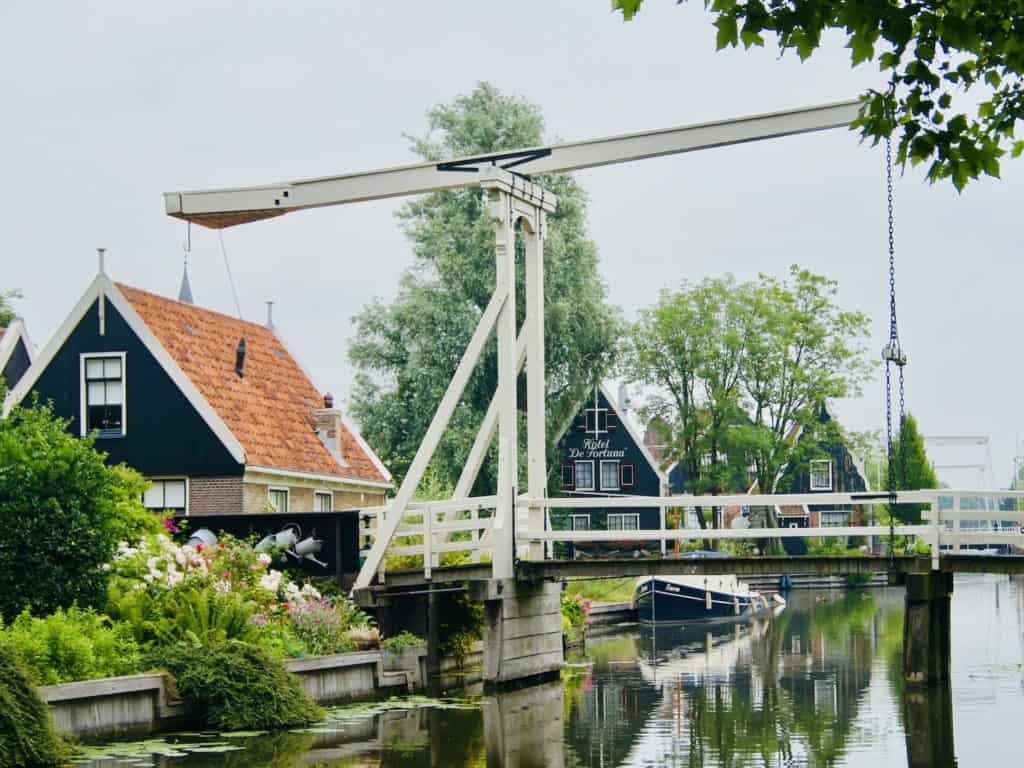
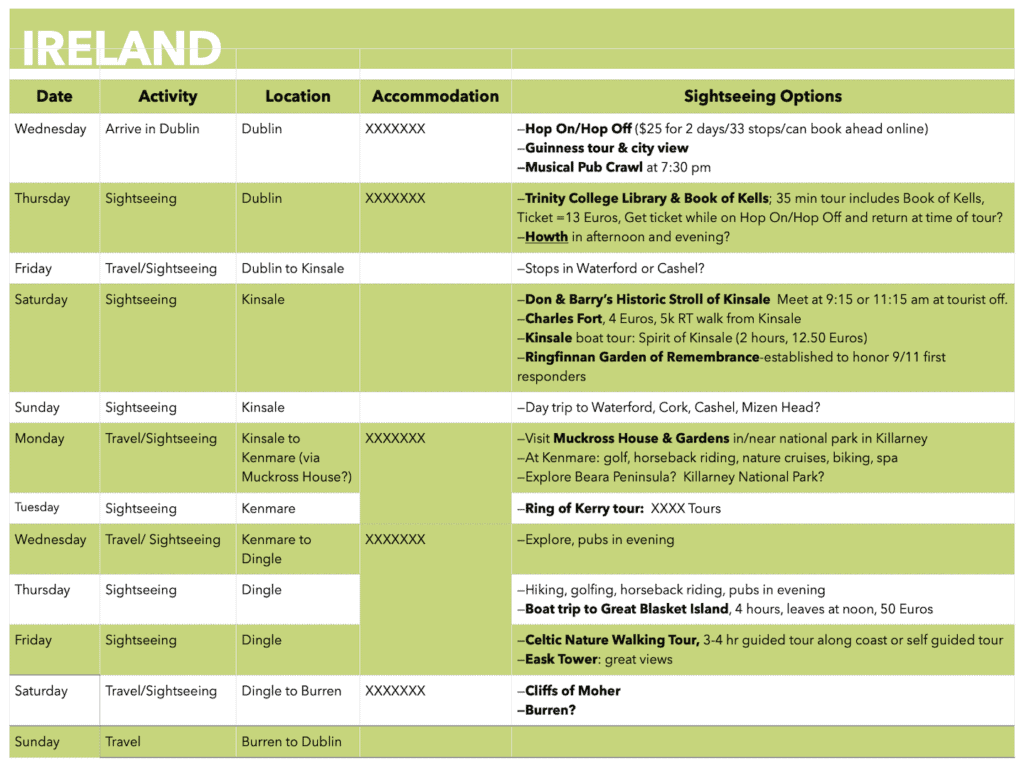
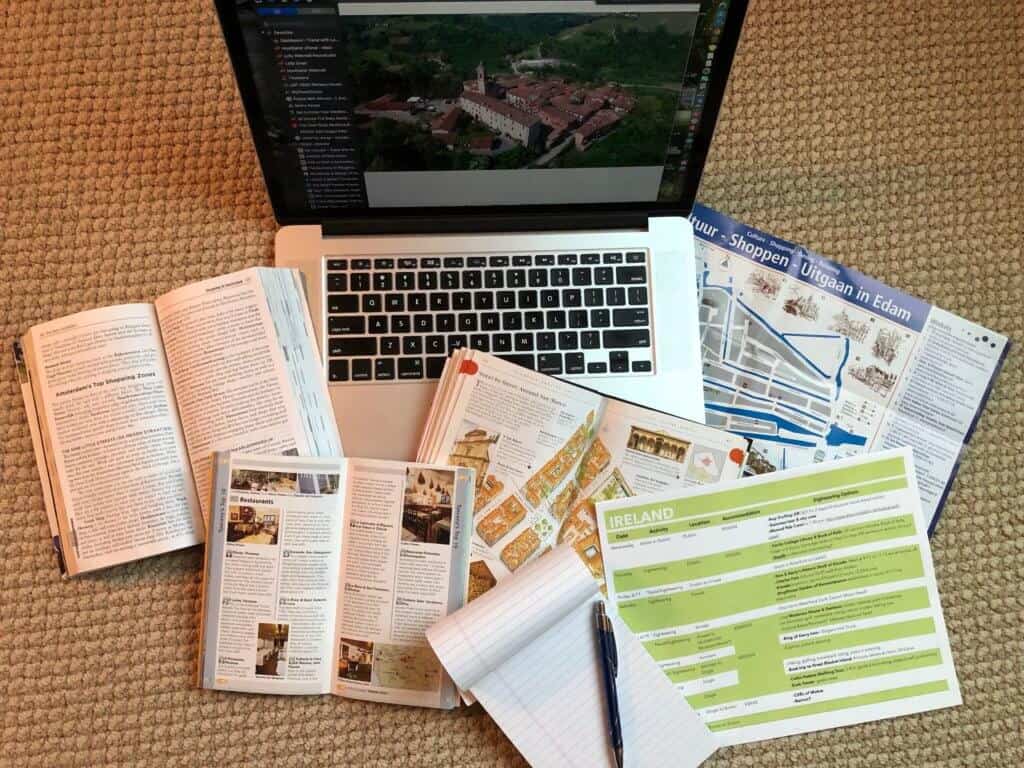
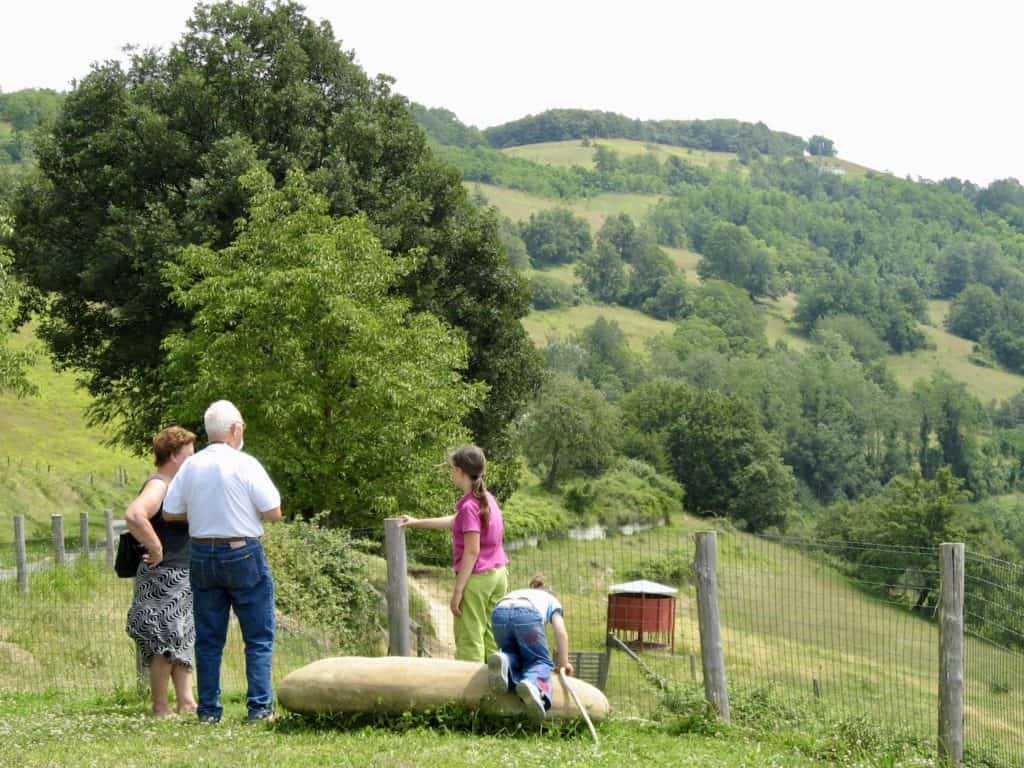
Great tips! Road trips require more thought and planning these days.
I’m glad you picked up some helpful tips! You’re right about road trips requiring a bit more thought and planning these days. One thing I’ve learned during this pandemic is it’s time well spent to enable us to explore and enjoy new places. 🙂